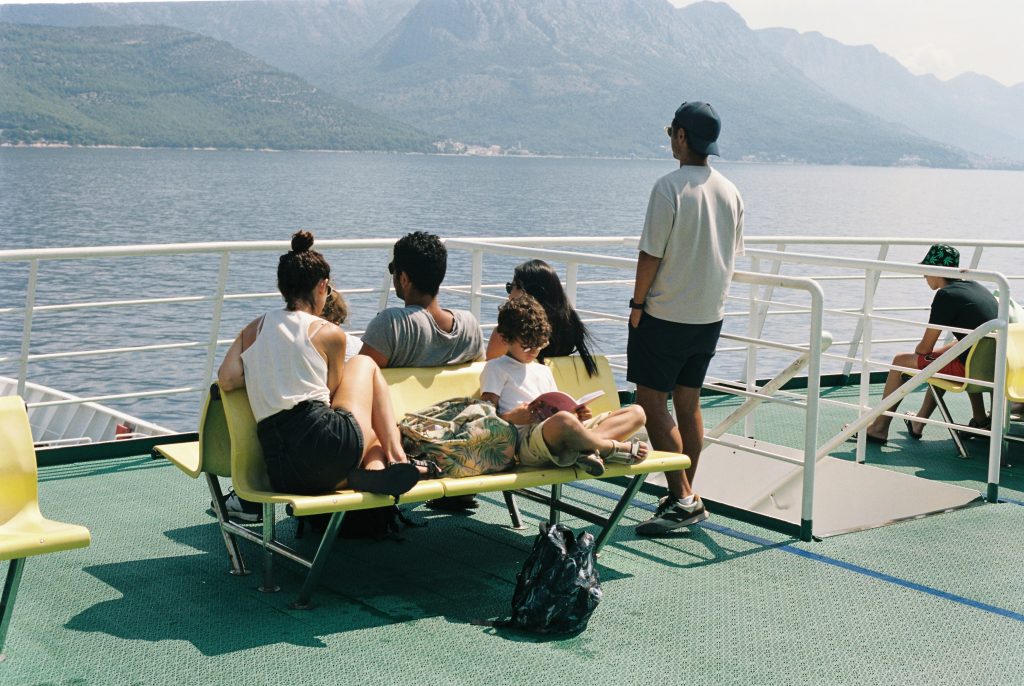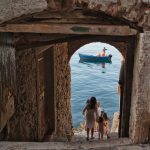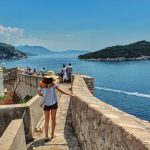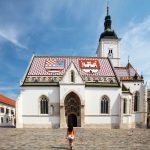September the 11th, 2024 – The very beginning of the summer was worryingly marked by minuses across the board, but Tourism Minister Tonči Glavina says things are still “almost ideal”.
As Poslovni Dnevnik/Radmila Kovacevic/VL writes, this year’s pre-season was very, very good, and from the beginning of the year to the end of August, there were a total of 16.9 million tourist arrivals – 4% more than last year. There were also an excellent 89.4 million overnight stays realised, a plus of 1% in total compared to 2023.
At the same time, the month of August brought 265,000 more guests to Croatia than August last year managed to, with which July’s minus of 155,000 tourists was simply wiped away. The two most touristic months of the year for Croatia ended with a very welcome plus of 110,000 visitors.
Tourism Minister Tonči Glavina: we don’t want protests
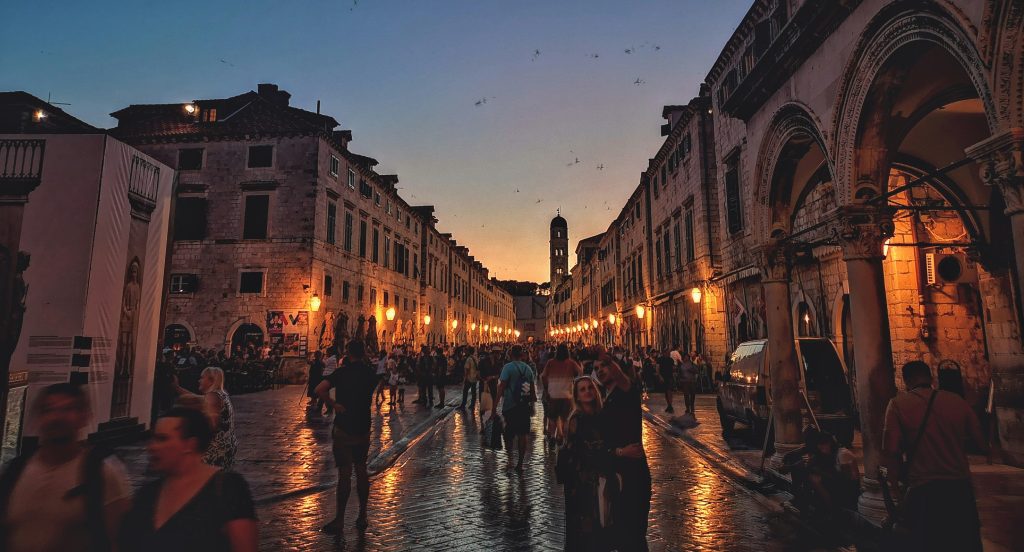
“The measure of success in this case is precisely the pre- and post-season. In July and August, with the exception of the continental part of the country, there’s practically no room for growth. We don’t want to put ourselves in a situation where tourism actually threatens the quality of life of the local population, as is the case in some Italian and Spanish destinations where there are now protests against excessive tourism,” stated Tourism Minister Tonči Glavina.
The dissatisfaction of apartment owners and restaurateurs, who complained that they were empty in July, can be explained by the “hyperinflation of the accommodation offer”, as well as by the increase in the number of restaurants in operation nationwide.
“The occupancy data speak volumes. For example, on August the 8th, when the most foreign visitors present in the country were recorded, the hotels were 95 percent full, campsites 89 percent, and private apartments were 72 percent full. During July and August, however, the occupancy rate of private accommodation fell to only 62 percent. This is simply unsustainable,” explained Tourism Minister Tonči Glavina, adding that there are currently 250,000 more beds in tourism than there were back in 2019. An enormous increase.
“This represents growth of 15 percent, with a maximum number of 170,000 new beds in non-commercial accommodation, cottages and holiday apartments. Compared to last year, however, there are 67,000 new beds, of which 27,000 are in non-commercial accommodation and 25,000 are in household facilities.
At the same time, all types of accommodation recorded a decrease in occupancy compared to last year, only hotels were 2% better occupied. Everything points to tourism management and development plans at the destination level being absolutely necessary. I believe that Croatia’s tourist destinations will make the most of the tools provided by the Tourism Act.
Unlike before, local government officials will now have concrete professional bases for their decisions, and I don’t believe that anyone will turn a deaf ear if they, for example, show that some capacities are too much. Part of these excess capacities must be put on long-term rent, and the hosts in private accommodation must be separated from the rentiers,” said Tourism Minister Tonči Glavina.
excellent passenger growth for jadrolinija
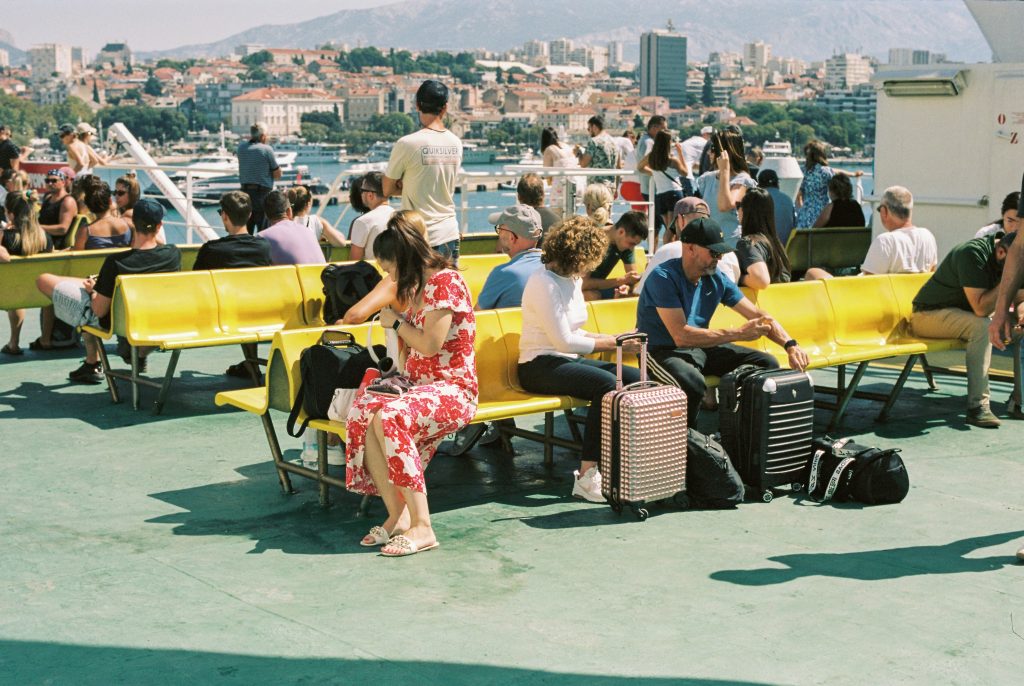
According to the forecasts of the Croatian National Bank (CNB), 15.2 billion euros will be earned from foreign tourists alone this year, that’s 600 million euros more than last year’s already massive figure of 14.6 billion. Tourism Minister Tonči Glavina believes that the growth could be even higher.
“The number of fiscalised bills and receipts issued in tourism activities over the past eight months increased by 5.5 percent compared to last year, while their value increased by 12% and exceeded 5.4 billion euros,” said the minister, before revealing that during that period, Croatia’s motorways hosted more than 53 million vehicles, 9% more than last year. In addition, a huge 9.6 million passengers and 2.8 million vehicles were transported by Jadrolinija vessels, which is growth of 2.4 percent, while airports nationwide recorded a 21 percent increase in traffic on average.

